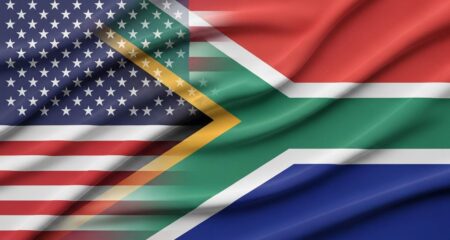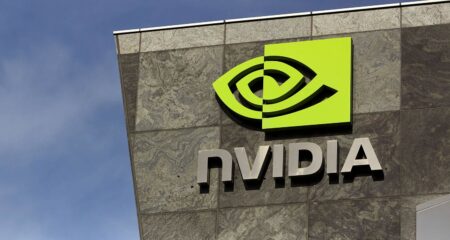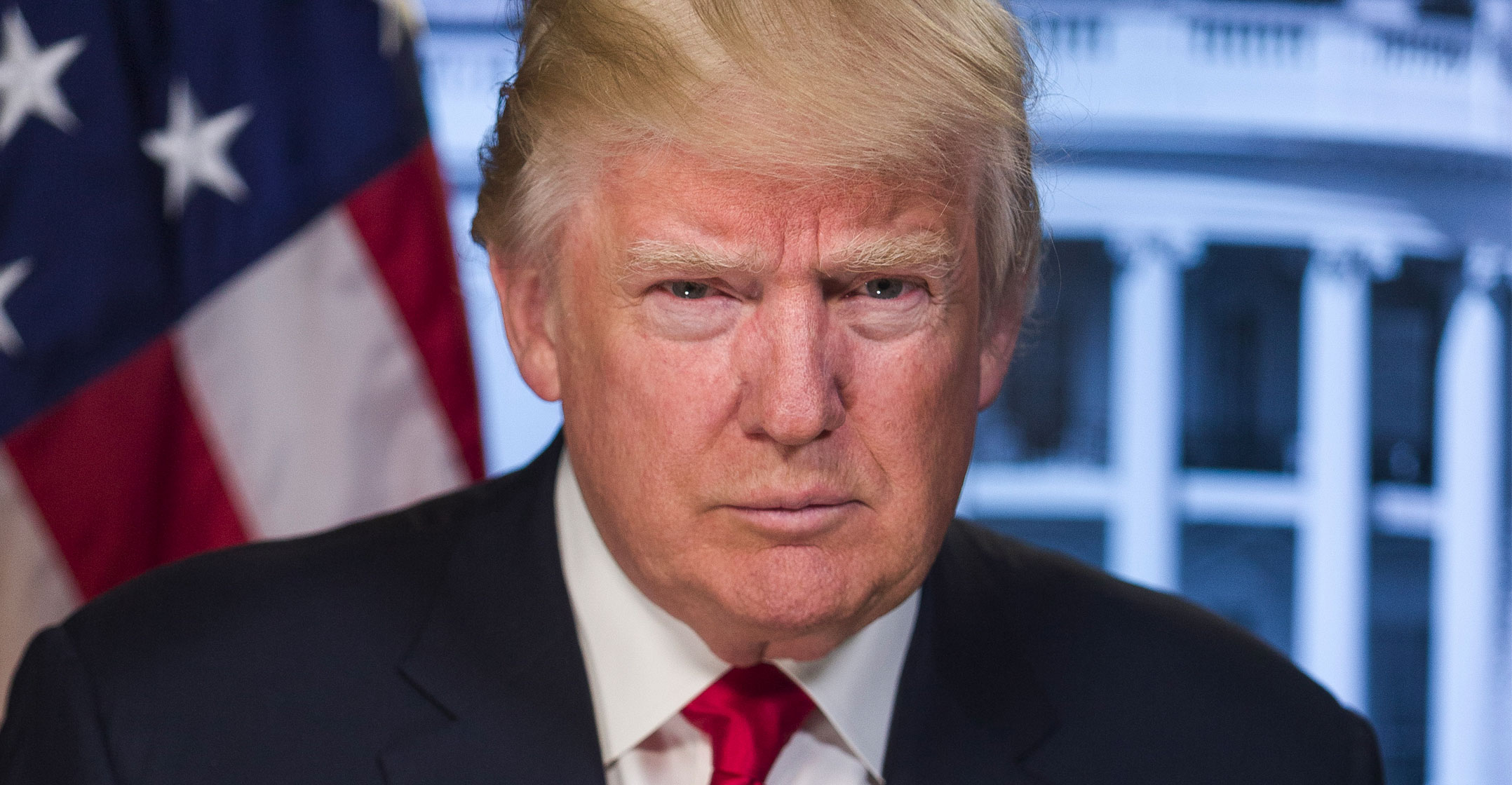 The Trump administration has insisted the arrest of a top Huawei executive has nothing to do with trade talks. In Beijing, it’s just the latest US move to contain China’s rise as a global power.
The Trump administration has insisted the arrest of a top Huawei executive has nothing to do with trade talks. In Beijing, it’s just the latest US move to contain China’s rise as a global power.
Bail hearings proceeded this week after Meng Wanzhou, the chief financial officer of Huawei, was arrested in Canada on 1 December because of alleged violations of US sanctions against Iran. The case threatens to derail a trade truce struck the same day between Donald Trump and Xi Jinping.
Even if the two leaders manage to strike a broader deal, the arrest shows that the US-China conflict goes far beyond trade. The world’s biggest economies are now engaged in a battle for global influence that will ultimately determine whether the US remains the globe’s predominant superpower, or China rises as a viable counterweight.
“The sentiment in Washington now is not just a Trumpian mercantilism — the desire to bring back factory jobs to Wisconsin or wherever,” said Nick Bisley, a professor of international relations at La Trobe University in Melbourne who has written books on great-power politics. “It is a desire to significantly cut ties with China because of that larger perception it presents a strategic risk.”
A bipartisan consensus has emerged in Washington that China’s entry into the World Trade Organisation hollowed out US manufacturing and allowed it to grow rich. That increased economic power is now at a point where it risks eroding key American military advantages around the globe.
China insists it plays by the rules, and doesn’t challenge US dominance. Even so, three areas in particular worry American strategic planners: technology, the dollar and the ability to project military power overseas.
Threat
A year ago, the White House identified China’s growing technological prowess as a threat to US economic and military might. American companies have long argued that China forces them to transfer intellectual property and sometimes steals trade secrets — all of which Beijing denies.
In justifying tariffs, Trump’s team has cited Beijing’s “Made in China 2025” strategy to become a global leader in state-of-the-art technologies from aerospace to robotics. So far, China has resisted those demands, arguing that doing so would crush its economic potential.
Huawei in particular epitomises the threat. Earlier this year, Trump blocked Broadcom’s US$117-billion hostile takeover bid for Qualcomm over concerns that Huawei would end up dominating the market for computer chips and wireless technologies.
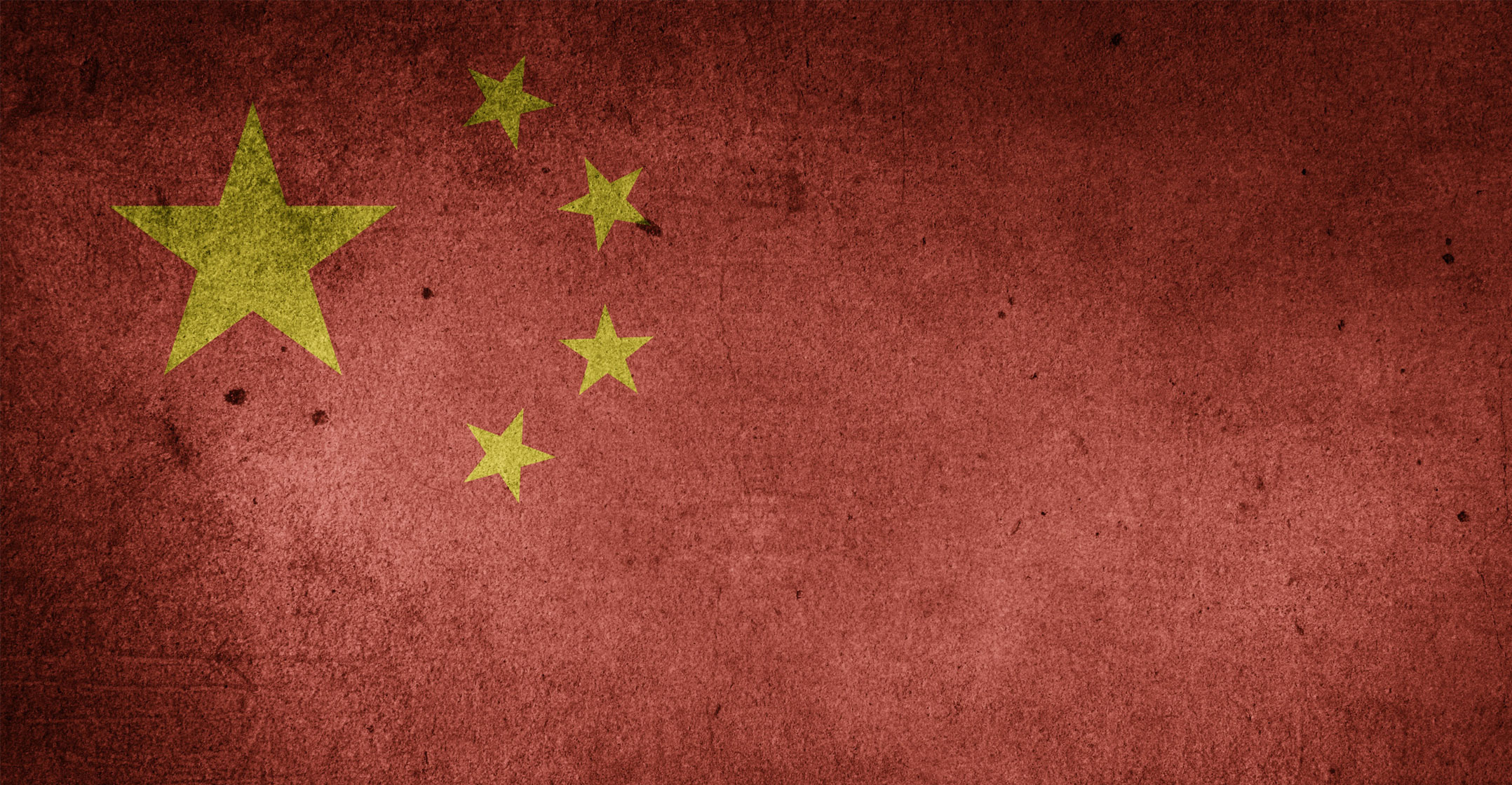 The fear is that wireless carriers may be forced to turn to Huawei or other Chinese companies for 5G technology, potentially giving Beijing access to critical communications. Those concerns have prompted the US to ban Huawei’s products for government procurement, and Australia, Japan and New Zealand have reportedly followed.
The fear is that wireless carriers may be forced to turn to Huawei or other Chinese companies for 5G technology, potentially giving Beijing access to critical communications. Those concerns have prompted the US to ban Huawei’s products for government procurement, and Australia, Japan and New Zealand have reportedly followed.
China has fought back, with foreign ministry spokesman Lu Kang saying this week that Huawei doesn’t “force any enterprise to install forced back doors”.
“The competition is really focused in the areas where future strategic and economic dominance come from,” said Michael Shoebridge, director of the defence and strategy programme at the Australian Strategic Policy Institute. “The Huawei arrest is right in the middle of this because both America and China see their future global power as coming from the hi-tech sector.”
The dominance of the dollar has allowed the US effectively to control the world’s financial system, underpinning its superpower status. Yet Trump’s increased use of sanctions to assert its foreign-policy goals has prompted a wide range of nations — from China to Russia to the European Union — to look for an alternative.
The Trump administration added nearly a thousand entities and individuals to its sanctions list in its first year, almost 30% more than the Obama administration’s last year in office, according to law firm Gibson Dunn. The complete list now runs to more than 1 200 pages.
Sanctions are a key tool for the US to subdue potential adversaries like North Korea, but they also can affect friends and allies. The EU, which objected to reimposing sanctions on Iran, this month unveiled plans to mitigate the so-called “ exorbitant privilege” of the dollar.
‘Systemic shift’
During a visit to China last month, Russian Prime Minister Dmitry Medvedev said the two nations were looking at ways to boost the use of their currencies through allowing the use of China’s UnionPay credit card in Russia and Russia’s Mir card in China. “No one currency should dominate the market,” he said.
“We are potentially at the beginning of a systemic shift that may take some time to play out,” said Gregory Chin, associate professor at York University in Toronto, and a political economy specialist. “The political will is building and coalescing.”
Last year, Xi called his Belt and Road Initiative to finance infrastructure and development projects across the globe the “ project of the century”. Morgan Stanley says as much as $1.3-trillion may be lent out under the policy by 2027.
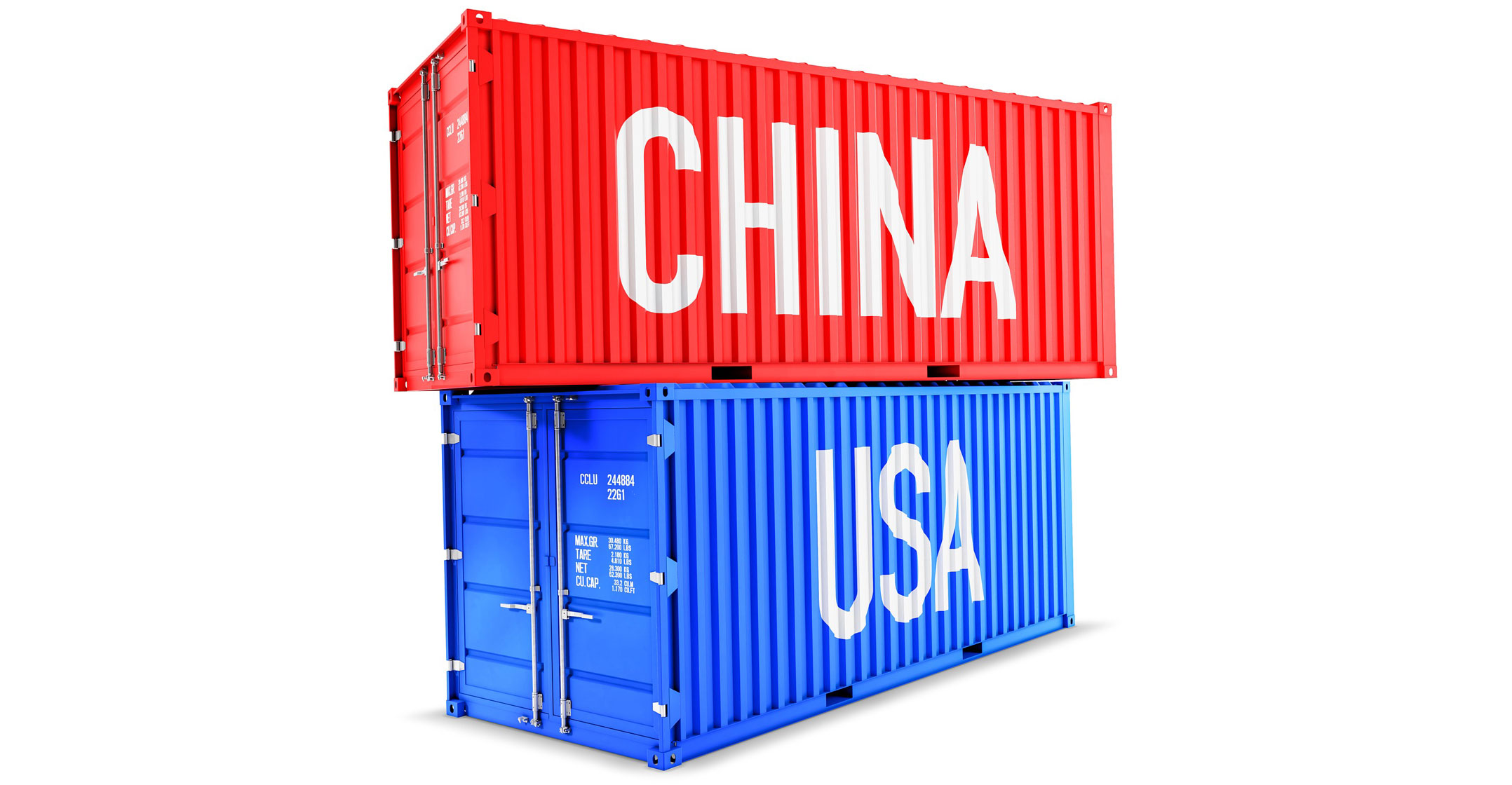 Now, with a backlash growing across Asia from Malaysia to the Maldives, Xi is playing defence: last month he told the Asia-Pacific Economic Cooperation summit that it was “not a trap as some people have labelled it”.
Now, with a backlash growing across Asia from Malaysia to the Maldives, Xi is playing defence: last month he told the Asia-Pacific Economic Cooperation summit that it was “not a trap as some people have labelled it”.
The US has grown increasingly concerned that poorer countries may become economically dependent on China. The Pentagon warned earlier this year that China could use ports around the globe to support naval deployments.
Sri Lanka is a prime example of what could go wrong. It borrowed heavily to build a port on the Indian Ocean, couldn’t repay the loans and then gave China a 99-year lease for debt relief.
US vice President Mike Pence attacked the Belt and Road at APEC shortly after Xi spoke, saying the US wouldn’t “drown our partners in a sea of debt”. He also outlined plans to finance $60-billion of infrastructure to support private investment.
“For the US, the BRI is a direct challenge to its preeminence in the Asia-Pacific region and beyond,” said Brahma Chellaney, a professor of strategic studies at the New Delhi-based Centre for Policy Research. “They realised that countries that are looking to BRI need an alternative. That’s why they are developing a counter to it.” — Reported by David Tweed and Enda Curran, (c) 2018 Bloomberg LP


